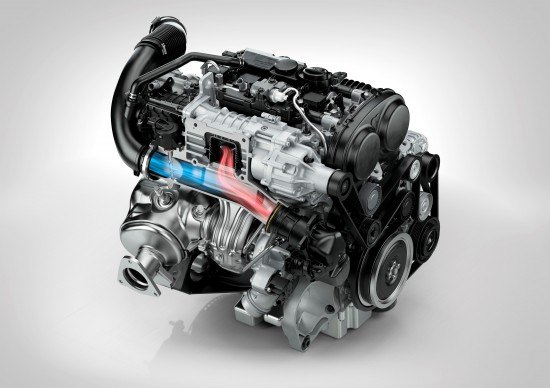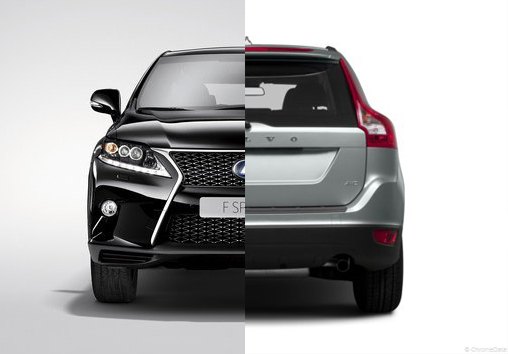#aisin
Twincharging Is Volvo's Replacement For Displacement
Engine downsizing is all the rage. Making the engine smaller increases fuel efficiency, reduces emissions and cuts vehicle weight. With ever tightening fuel economy legislation in the United States and CO2 emissions regulation in the European Union, mainline manufacturers are turning to turbochargers like never before. In 2009 just 5% of cars sold in America sported turbos, and that 5% consisted largely of European brands like Volvo and BMW with a long history of forced induction. By 2013 that number had more than doubled to 13%. Honeywell expects the number to rise to 25% in the next four years and the EPA tells me that by 2025 they expect 90% of cars sold in America to sport a turbo engine. With turbos becoming so ordinary, what’s a turbo pioneer like Volvo do to keep a competitive edge? Add a supercharger of course.
Read Between the Lines: Volvo's 8-speed Automatic
What do the Volvo XC60 and Lexus RX F-Sport have in common? Not much. Yet. Today’s vehicles aren’t just built on “modular” platforms, sharing parts with other vehicles from the same manufacturer, they are also “parts bin creations.” You’ll find the same power mirror switch in a Chevy, Jeep, Peugeot, Citroën, Lancia, Lincon and many more. That’s because car parts are like Lego pieces, made by a handful of car parts companies and designed to be everything for everyone. It’s cheaper for everyone to design one switch, one control module, one key fob and just alter some of the plastics and a connector to suit your new car design.

















Recent Comments